Fertilize Hibiscus: Care Tips For The Perfect Bloom
The hibiscus scores with gorgeous blooms – at least with the right care. Everything you need to know about fertilizing hibiscus can be found here. The hibiscus (Hibiscus) is an enrichment for the home windowsill or conservatory, not least because of its, summer spraying flowers. The right type of hibiscus, skillfully overwintered in a protected location, can also bring the Hawaiian flair of the subtropical plant to your garden – at least in mild regions of Germany.
Actually, the hibiscus originates from Asia. In order for the charisma of the mallow family (Malvaceae) to take hold indoors as well as outdoors, the striking flowers of the hibiscus must not be missing. These show – if the care of the hibiscus is right – between June and October every year in bright colors. Such an imposing bloom naturally depletes the plant’s reserves and requires a regular supply of nutrients.
In this context, two hibiscus representatives, in particular, occupy an important place on our windowsills and in the gardens, and they want to be supplied with sufficient nutrients. The Chinese marshmallow (Hibiscus Rosa-Sinensis) is the classic on the warm windowsill, while the garden hibiscus (Hibiscus syriacus) makes the garden shine.
Proper nutrient supply and composition will ensure that your hibiscus blooms profusely, rather than throwing off its leaves and flowers in defiance of neglect. This article answers the most important questions about fertilizing your hibiscus so that your hibiscus shows its most beautiful flower dress in the summer as a thank you.
When To Fertilize The Hibiscus?
Table of Contents
Below you will find the different times when it is advisable to fertilize the hibiscus.
Video: Best Organic Fertilizer for Hibiscus To Increase Flowering
Fertilize Hibiscus During Cultivation
If you want to grow or propagate your own hibiscus despite rather low germination rates, you should start feeding the plant with nutrients from the second month onwards. This involves first fertilizing the small plant with diluted liquid fertilizer. You should gradually approach the concentration specified by the manufacturer to slowly accustom the hibiscus to the nutrient supply.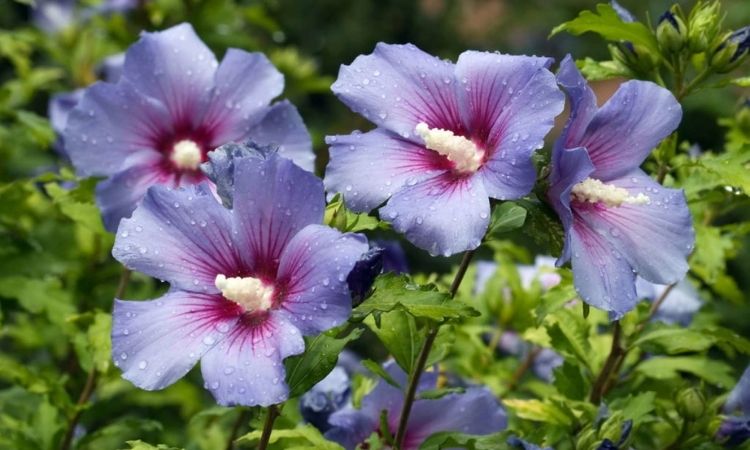
Fertilize Hibiscus At Planting Time
Right at planting in the spring, you can provide nutrients for the next bloom. You can do this by mixing mature compost or another slow-release fertilizer, into the garden soil. This is especially recommended for a potted hibiscus crop, as you have the opportunity to properly enrich the soil with nutrients when planting. With an already planted pot, mixing fertilizer into the soil is usually a difficult matter. After planting, you can still apply a layer of mulch in the root area.
If you also use an organic fertilizer variant, you will not only be doing animals and small children in your household a favor thanks to its high compatibility. You also protect the environment and soil life, which is important for the nutrient cycle.
You might so like: Hibiscus: All The Tips For The Perfect Bloom
Summary: When to fertilize the hibiscus?
- At planting, mix mature compost or organic slow-release fertilizer into the planting soil and apply a layer of mulch
- Fertilize at regular intervals from March to October
How To Fertilize Hibiscus?
Even though the hibiscus is a plant originally from Asia, fertilizers are offered in the trade that is suitable for Mediterranean plants, but also Asian flowering plants. Even special hibiscus fertilizers are available. These promise a healthy leaf mass as well as beautiful flowers. Here, the hibiscus needs the right combination of nitrogen, phosphorus, and potassium.
An NPK fertilizer with a ratio of 7 – 6 – 5 is said to be ideal here, but a normal flower fertilizer also provides all-round satisfaction for the flower-bearing plants. You should pay particular attention to the supply of the trace elements sulfur, boron, copper, iron, manganese, molybdenum, and zinc.
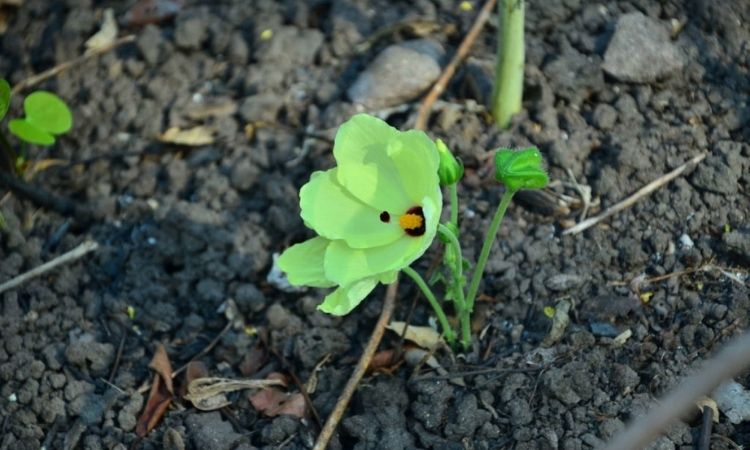
In late summer, at the latest in early fall, you should also switch to potassium-emphasized fertilization. This makes the plants more resistant and fit for the winter. Especially for garden hibiscus (Hibiscus syriacus), which were planted out in the bed, this is advantageous. But also species such as the Chinese rose mallow (Hibiscus Rosa-Sinensis), benefit from the additional strengthening in the winter quarters.
Organic flower fertilizer offers a nutrient ratio of 4 – 2 – 7 (NPK), which is gratefully accepted by pretty much every flowering plant. In addition, it offers extra potassium for the cold season. Your hibiscus is therefore supplied all year round. At the same time, this organic fertilizer offers many advantages for the gardener and his green environment:
- Soil life, i.e. earthworms, but also helpful bacteria, are promoted
- The ingredients all come from organically controlled cultivation and are completely animal-free
- The nutrients are available over a long period of time and are thus well-dosed released to the soil and the plant
Fertilize hibiscus properly: Instructions for application
For a bloom that makes eyes and mouths pop open, your hibiscus needs a variety of nutrients. These are drawn from the soil that surrounds the roots. So, especially for potted crops, a regular supply of these fuels is essential.
The reserves in the soil are not simply replenished. Even in the bed, the natural supply of nutrients is usually not sufficient to maintain the nutrient supply for years. In addition to an optimal supply of nutrients, a fertilizer with a high potassium content provides cold-sensitive plants with strength for harsh winters.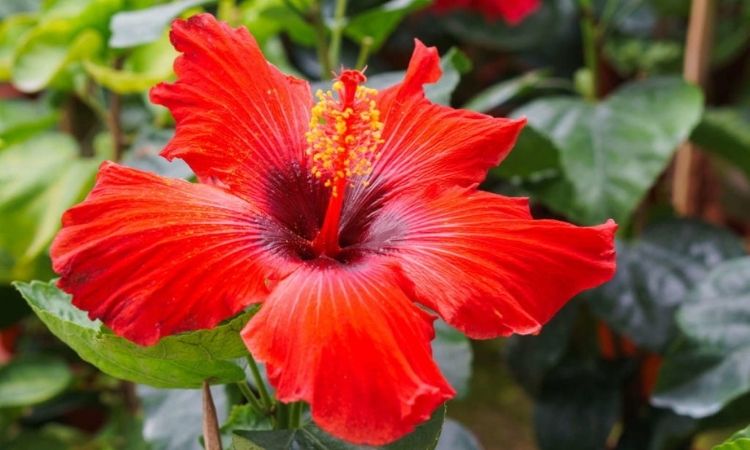
Instructions
A hibiscus does need a brisk supply of nutrients, but that doesn’t mean you have to resort to the mineral fertilizer club. On the contrary, you can avoid using fertilizer for a time or two by using an organic fertilizer.
You can work the nutrients into the top layer of soil in the root zone with a garden tool. If you have resorted to the all-natural form of fertilizing, strengthen your hibiscus by fertilizing with patent potash. The additional supply of potassium ensures faster maturation of the shoots.
The magnesium also ensures a green and healthy appearance. Here, about 40 grams per square meter are used for trees and ornamental shrubs. However, when cultivating hibiscus plants in pots, spreading organic fertilizers such as compost is usually difficult. In addition, the smell does not exactly contribute to the tropical feel-good ambiance.
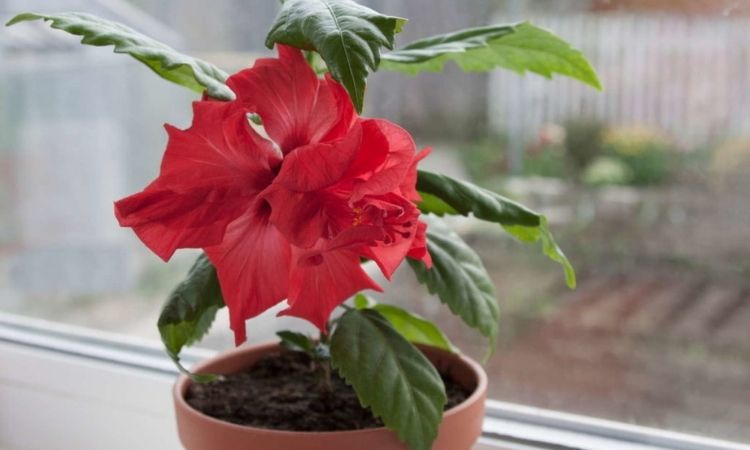
Therefore, organic slow-release fertilizers in liquid or granulated form are better suited. The almost exclusively vegetable ingredients come from controlled, organic cultivation. In this way, you can provide your hibiscus with long-term, convenient, and environmentally-friendly care, even in pots. For better resistance, you can also fertilize with rock flour. This contains many minerals and trace elements such as silicic acid, iron, manganese, and molybdenum.
Fertilize Hibiscus Mineral
Mineral fertilizers are highly concentrated and supply according to the principle of rapid availability. Your plants will be supplied with all the nutrients they need in no time. This can provide benefits if your plant is showing signs of deficiency. However, if the wrong dosage is used, these benefits also quickly lead to damage from over-fertilization.
In addition, excess plant food is often flushed out as quickly as it becomes available. Therefore, always fertilize exactly according to the manufacturer’s instructions. During the growing season from March to October, you should fertilize hibiscus in the pot or tub culture about once a week. This way, your plants are optimally supplied and less fertilizer residue ends up in the groundwater. To minimize the risk of damage to the soil and the plant, however, it is advisable to use an organic fertilizer.
Fertilize Hibiscus With Home Remedies
Small home remedies can have a big effect – and so can fertilizing houseplants and garden plants. Mixed into the soil, coffee grounds, shredded banana peels or tea grounds provide a good supply of everything your hibiscus needs.
Alternatively, you can water with manure or decoction made from plant debris or vegetable water. Potassium salts, such as Epsom salt, provide an extra load of potassium for good winter hardiness.
For more tips on how to best care for hibiscus, see this article.
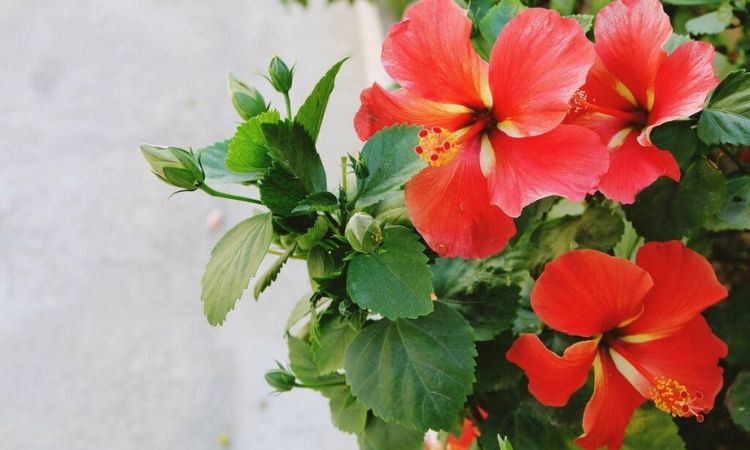
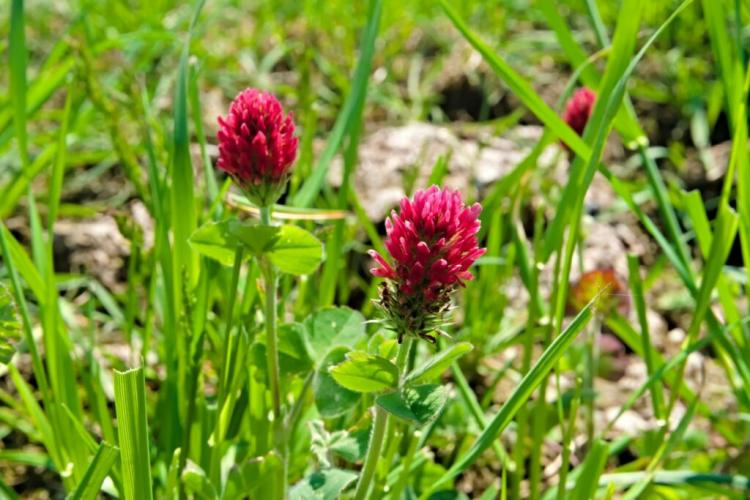
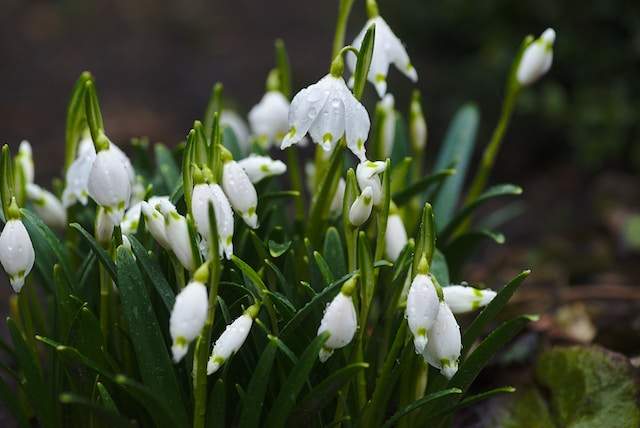
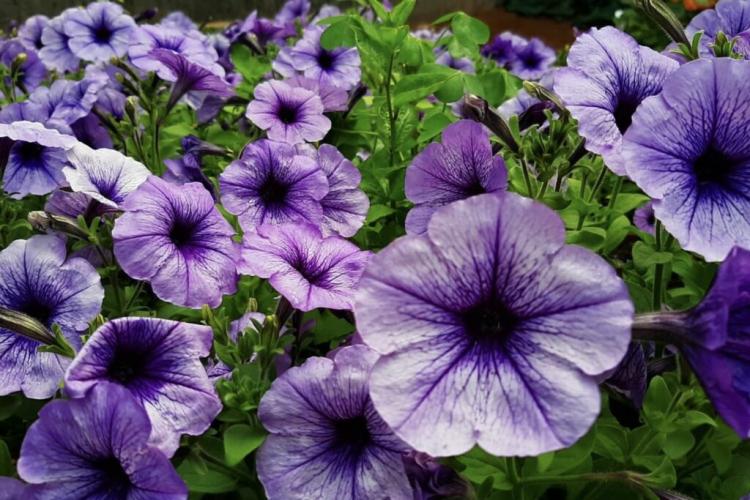
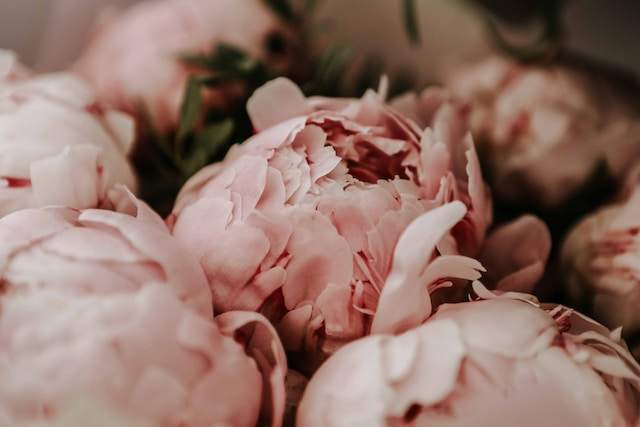

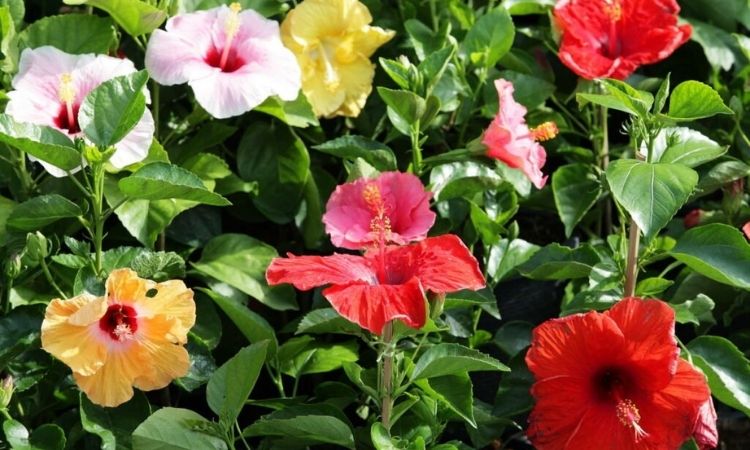
Hi. This is your friend from the Midwest of the United States again. I really enjoy and appreciate your article. I tried this – your organic method of making hibiscus grow and flower – on several of my varieties of bush hibiscus – and my trees – my Hawaiian Punch variety of bushes – and one bush very like the one plant you are showing here. Anyway, your formula is amazing in that it made all my plants grow taller and bushier – almost overnight – and encouraged lots of new, lime green colored growth. However, the flowering / blooming is still not happening much at all – not at the level that the growth of the general plant is – especially on all my Hawaiian Punch variety of plants. Any ideas about why this is so? Is it the lack of the mustard cake?
My Hibiscus are in the ground, I have almost 7 of them, with 2 more ready to go in the ground. How would I do this for them?
I am heartbroken every year, as I just get a good show of buds, a few open then suddenly thay all start to fall off. I have trried for 3 years every advice given. It is well drained, plenty of water, fertilized has no bugs or things inside buds, a lady about 50 metres away has the same variety and has no trouble at all, and she pays no attention to it at all, I am at my wits end, no one seems to have any ideas, and it is my facourite plant. Sonia Butler